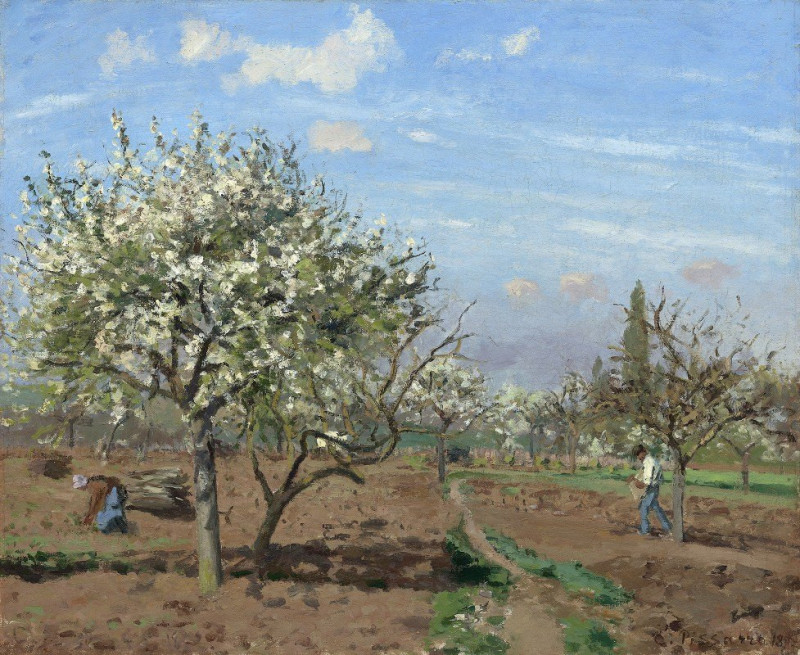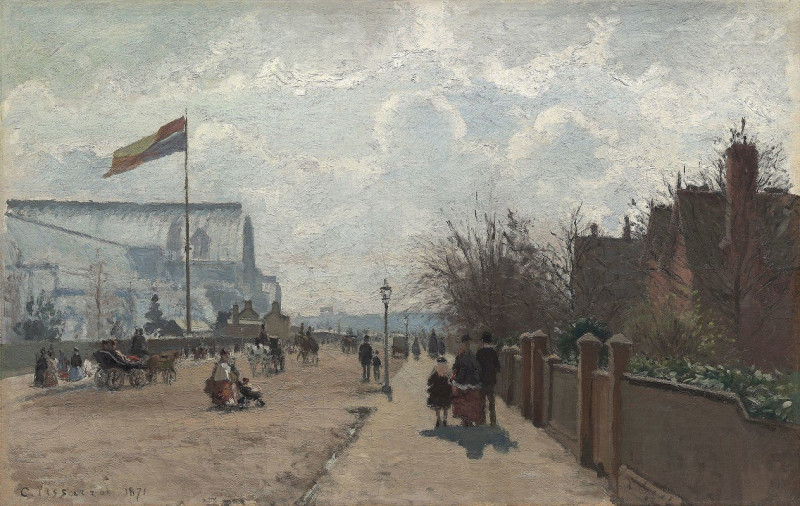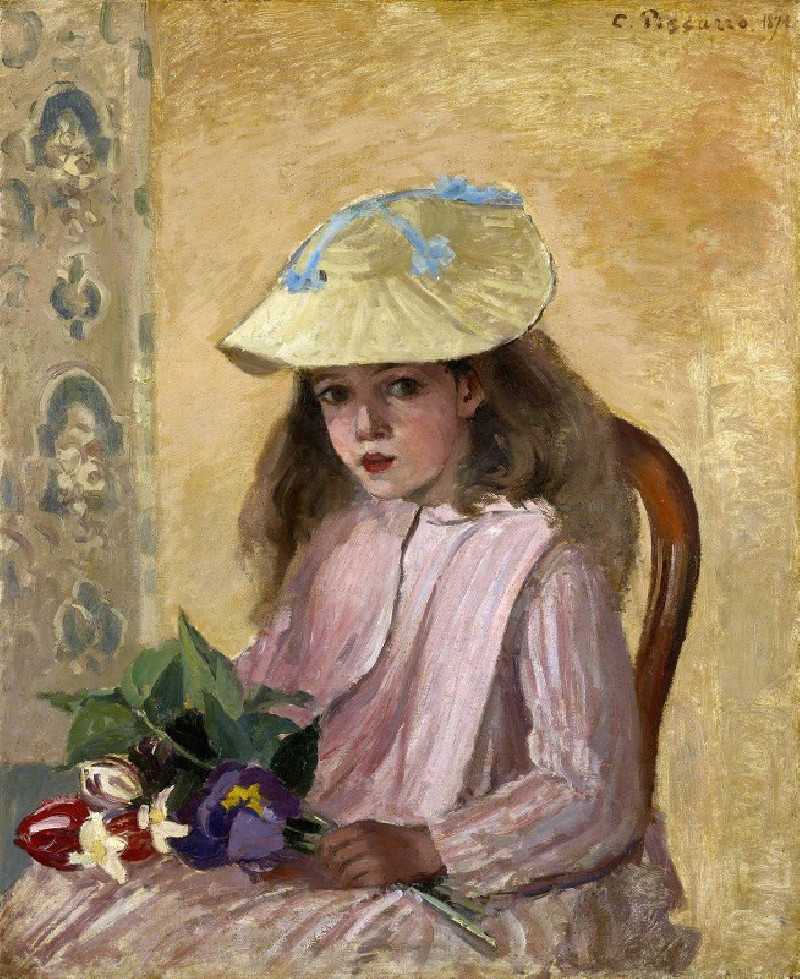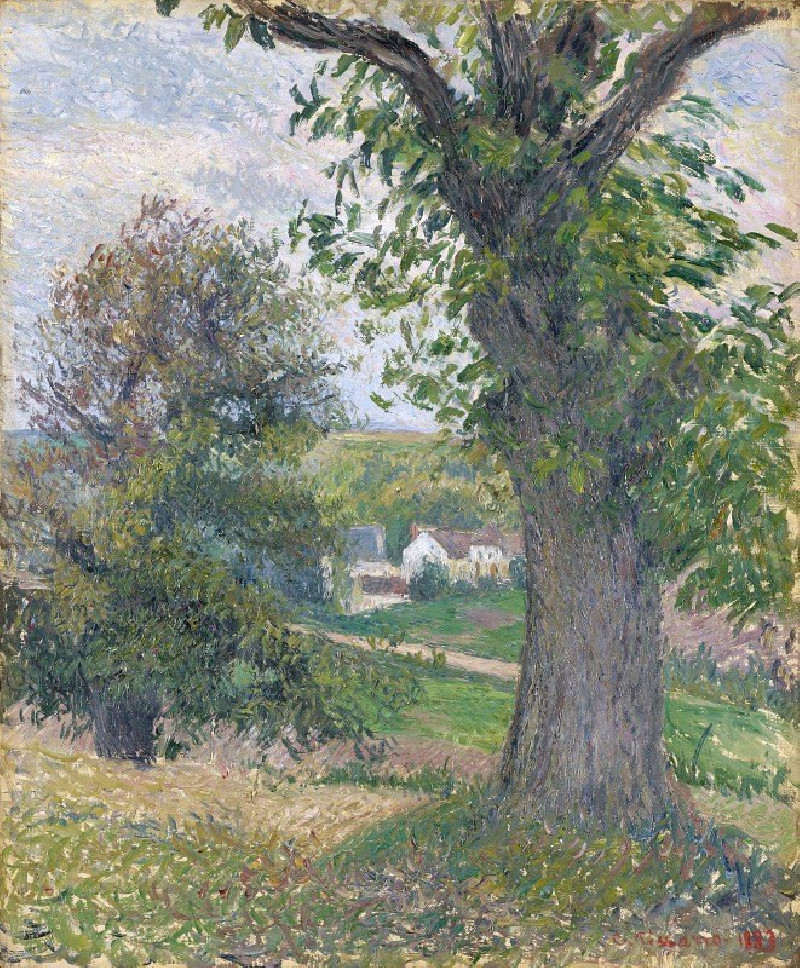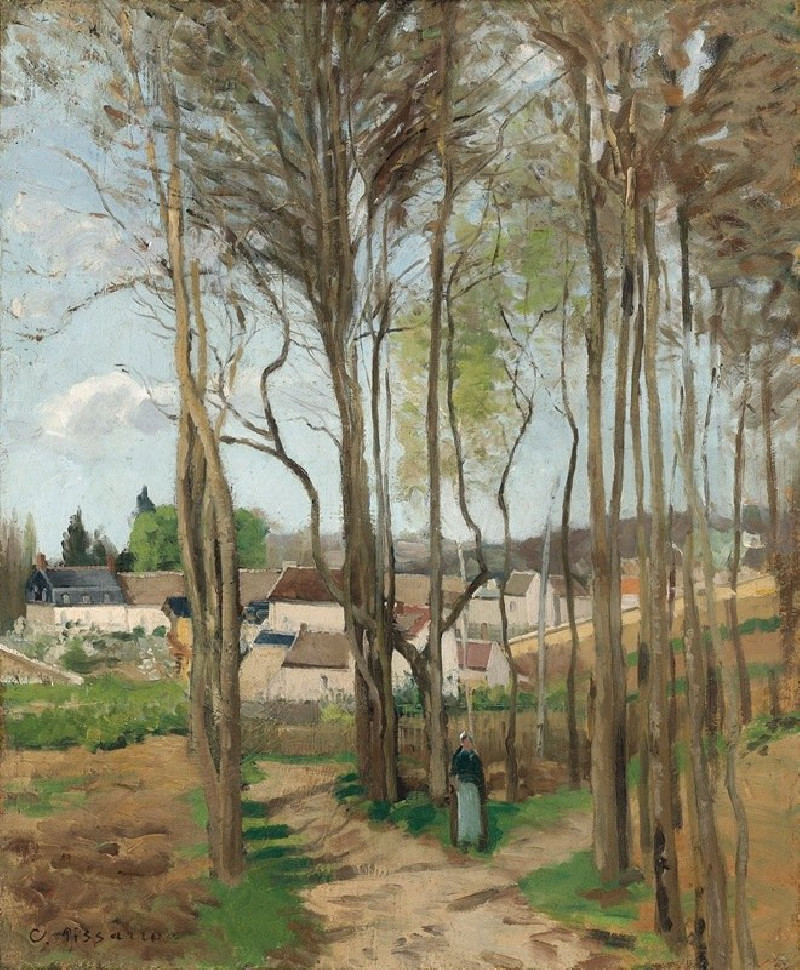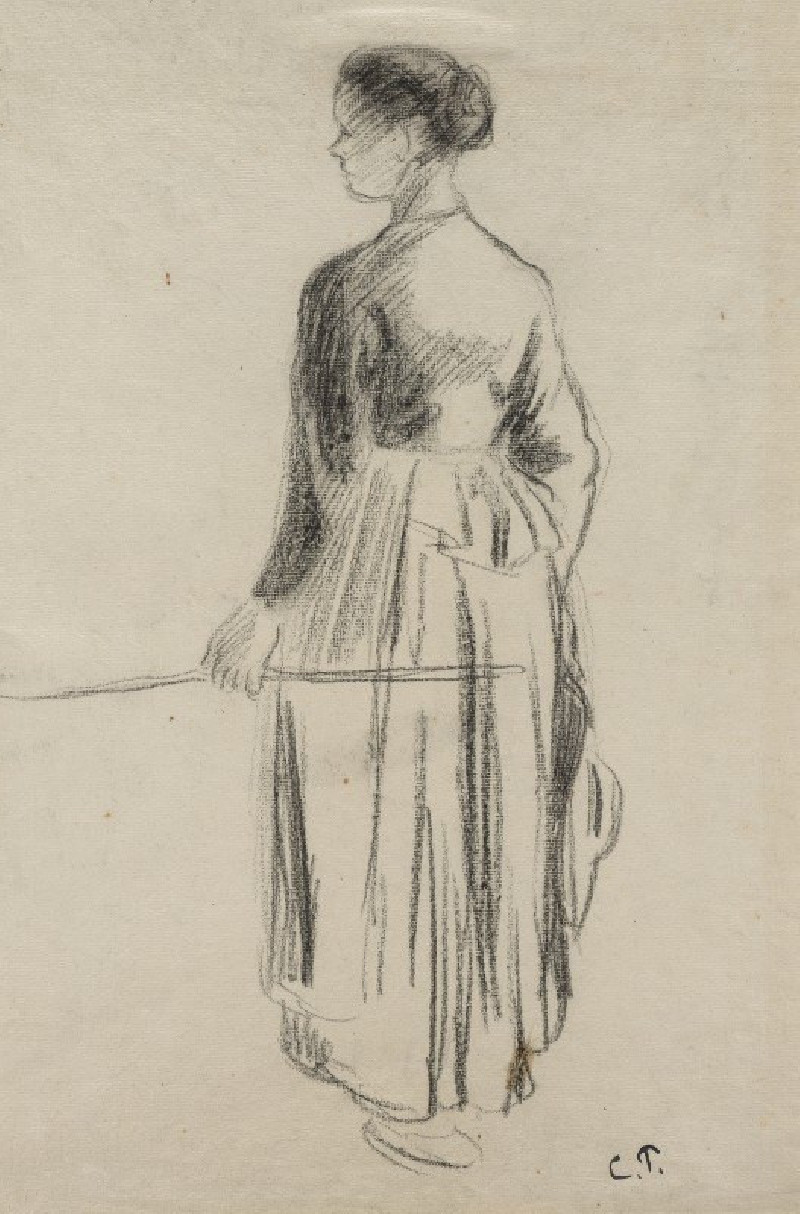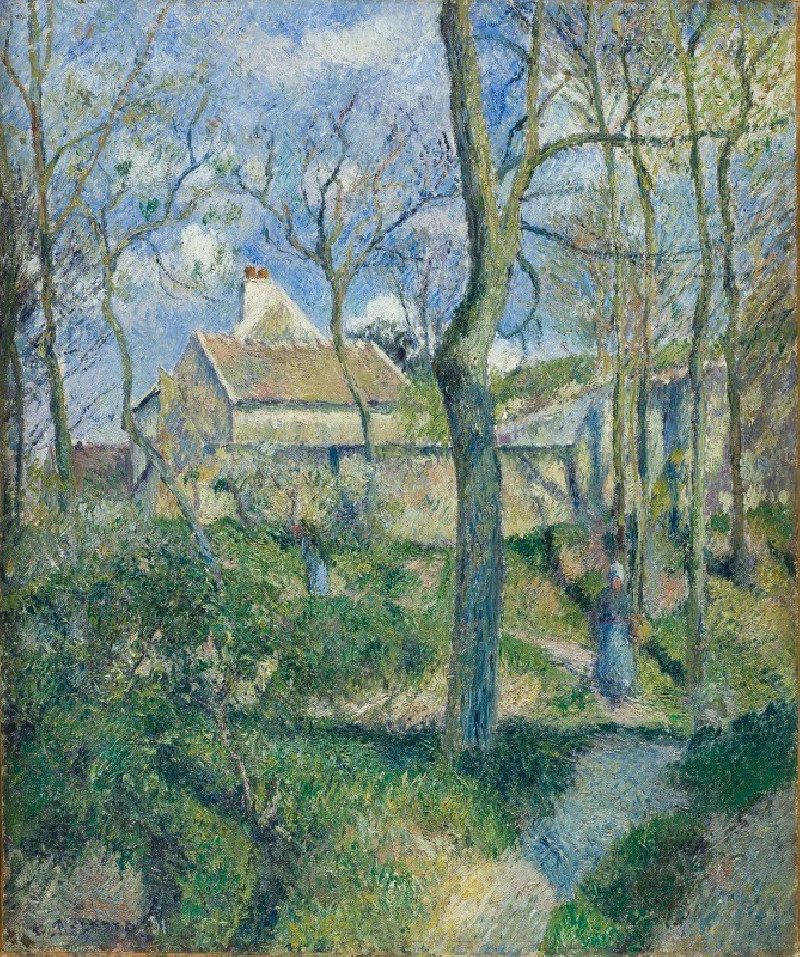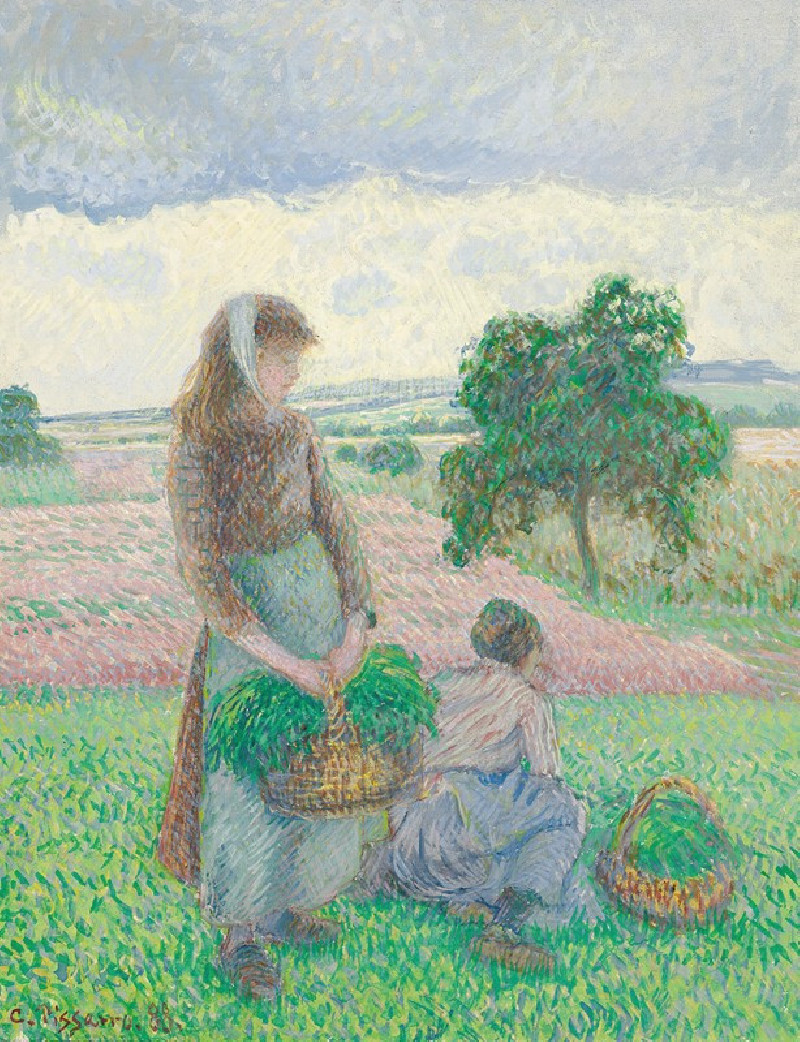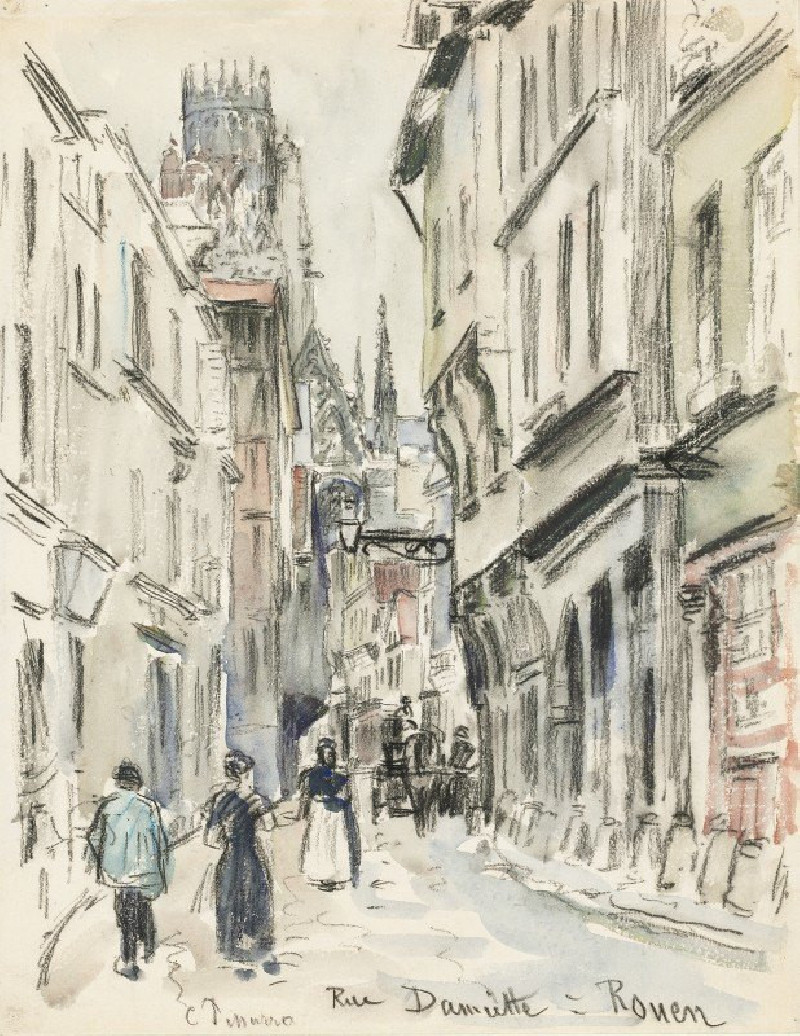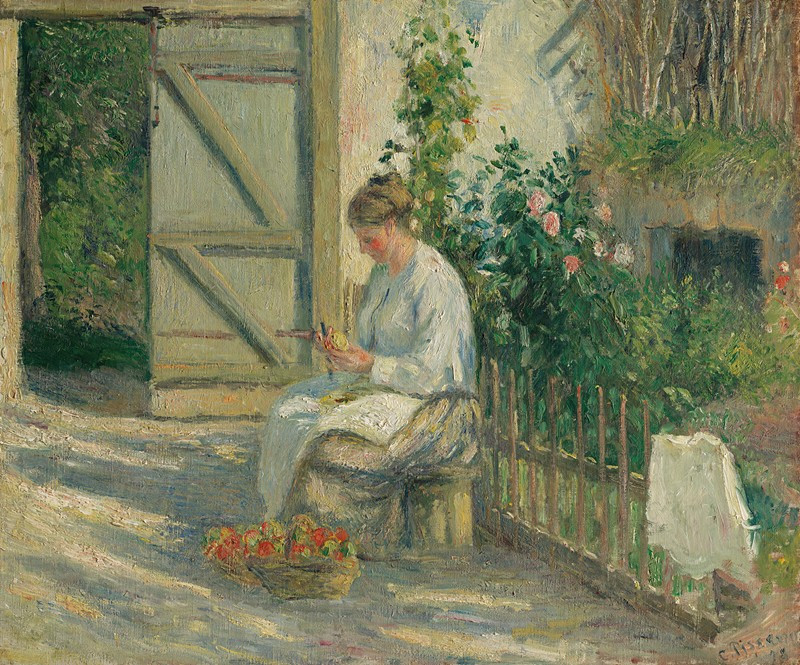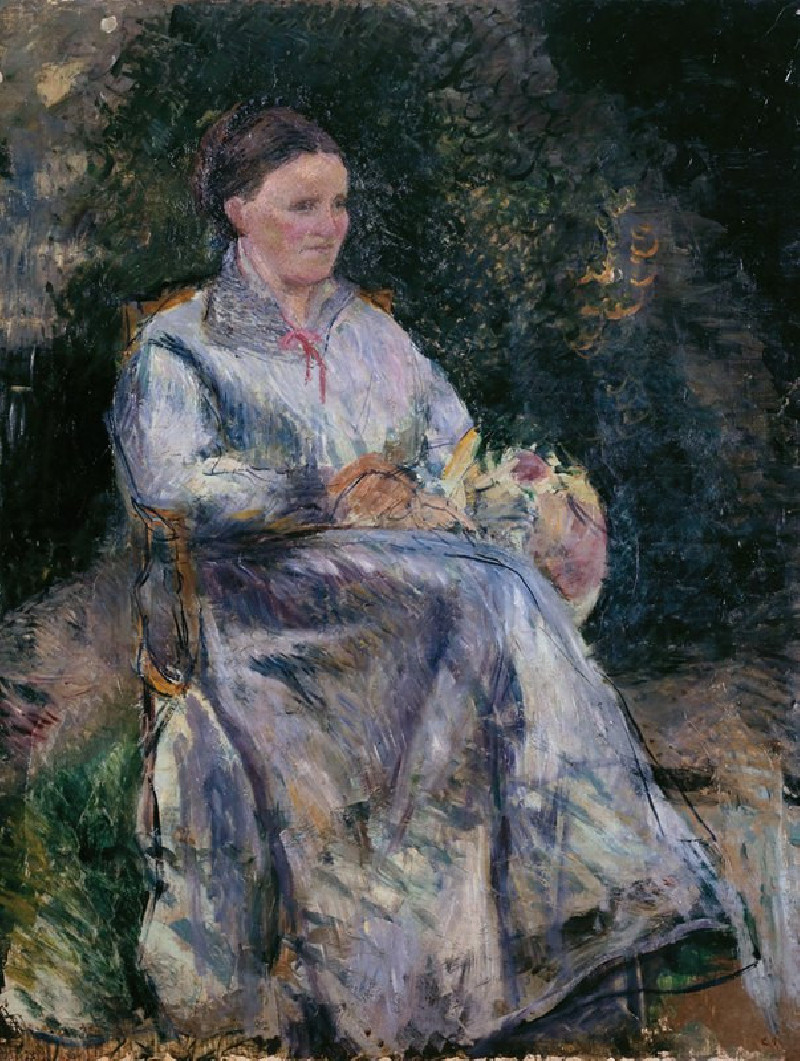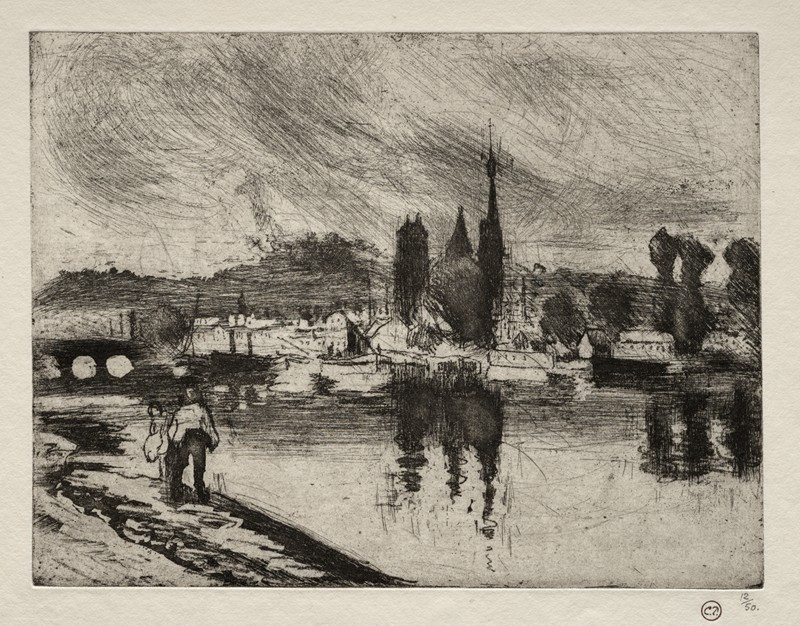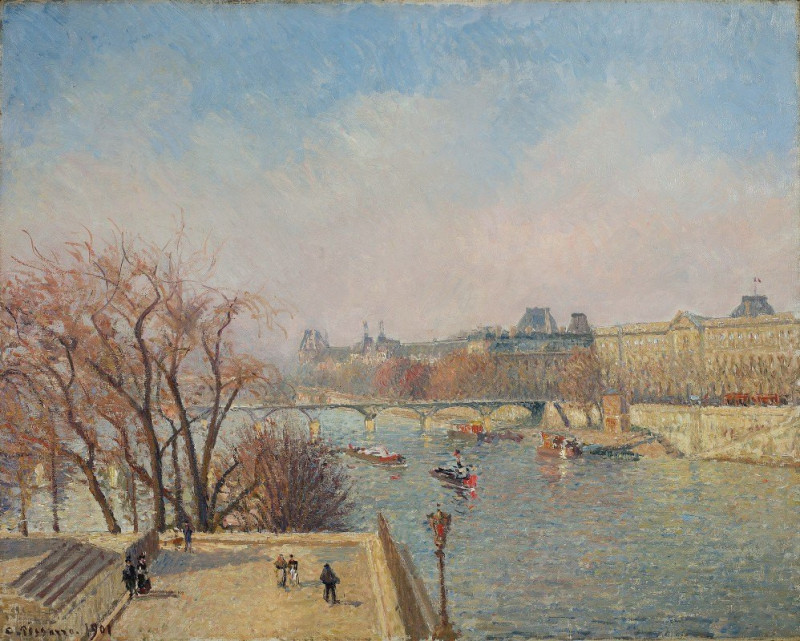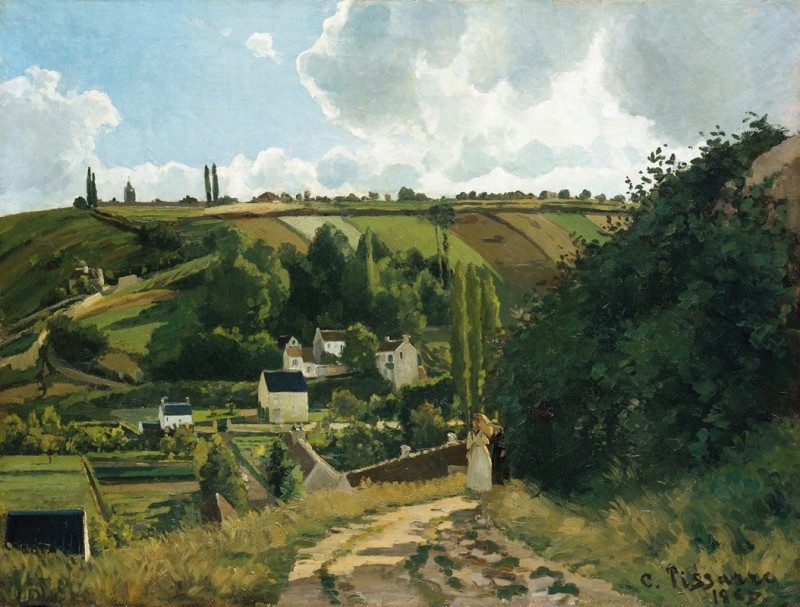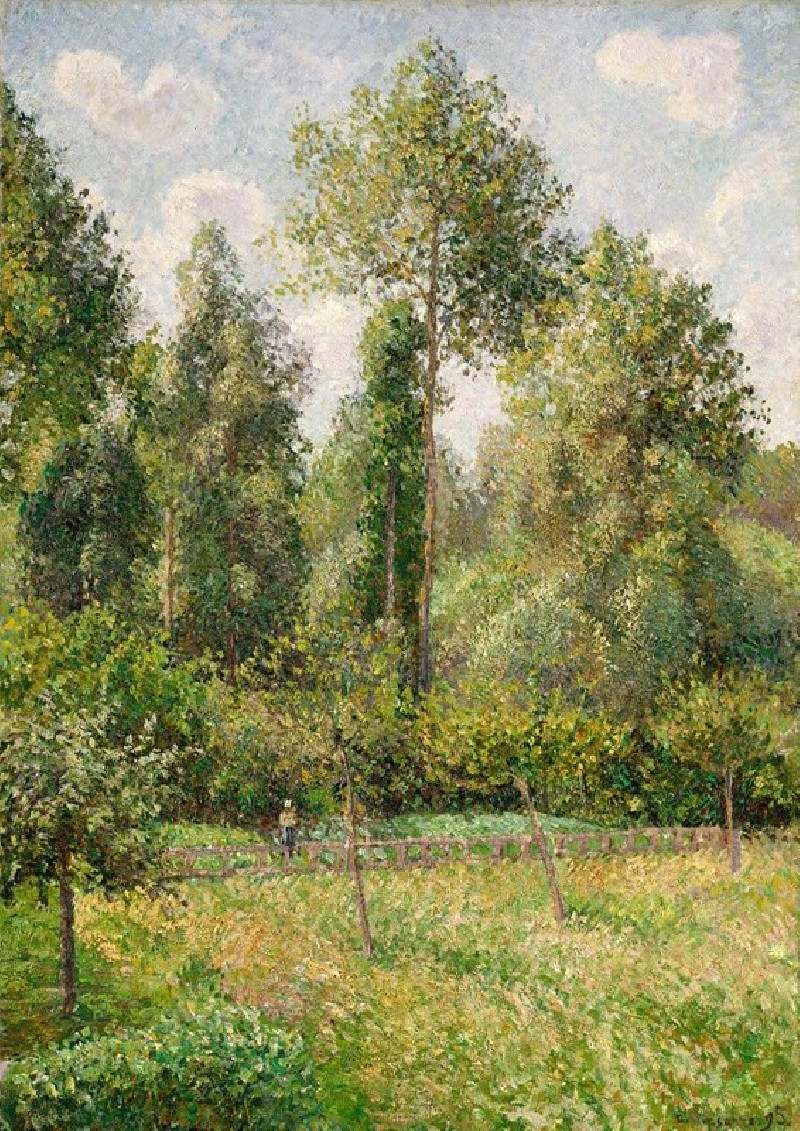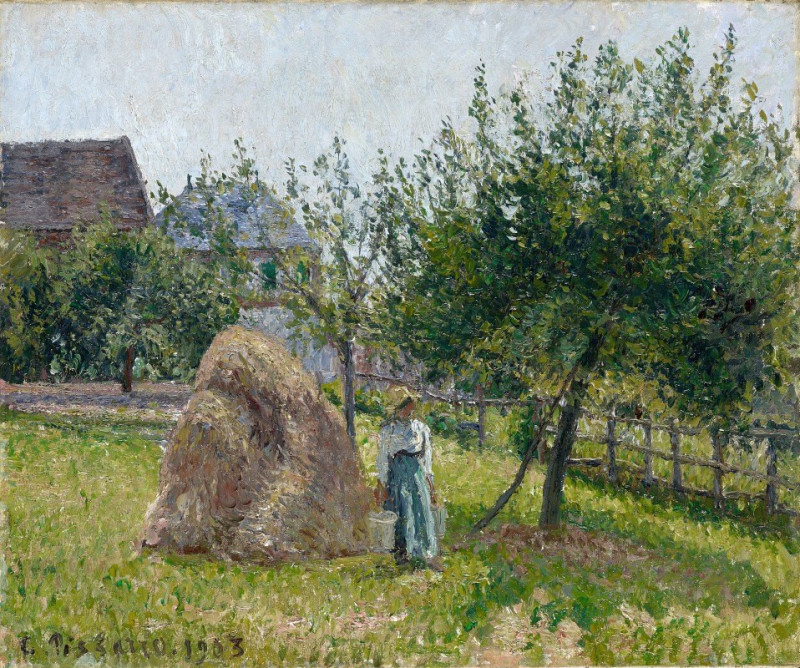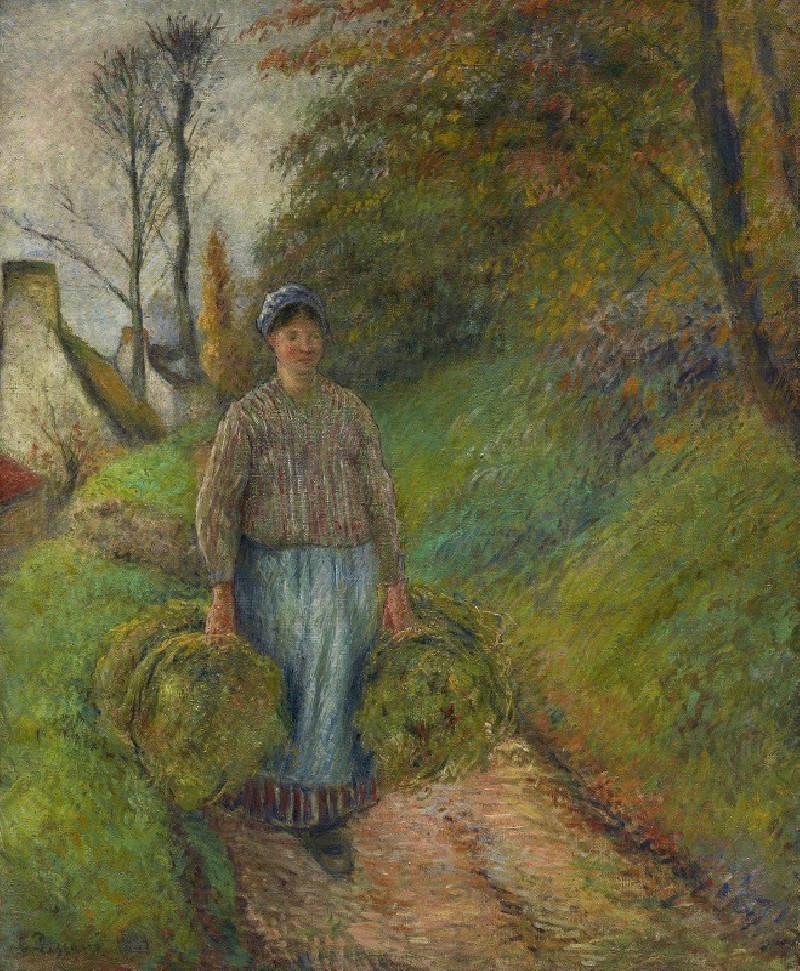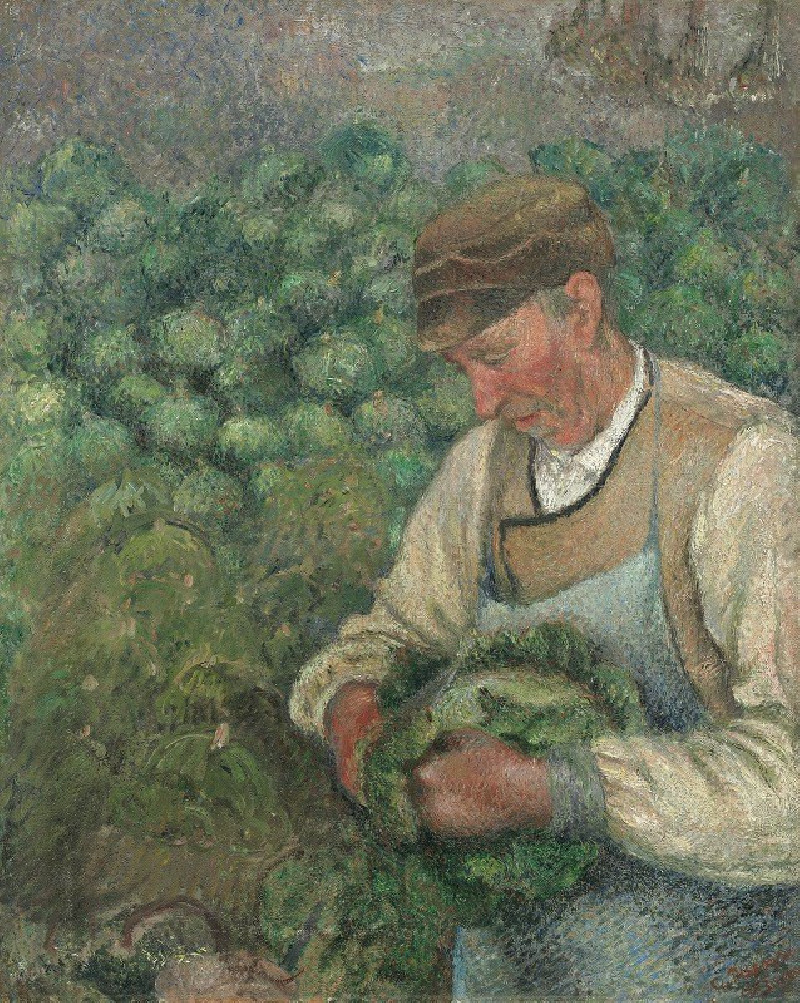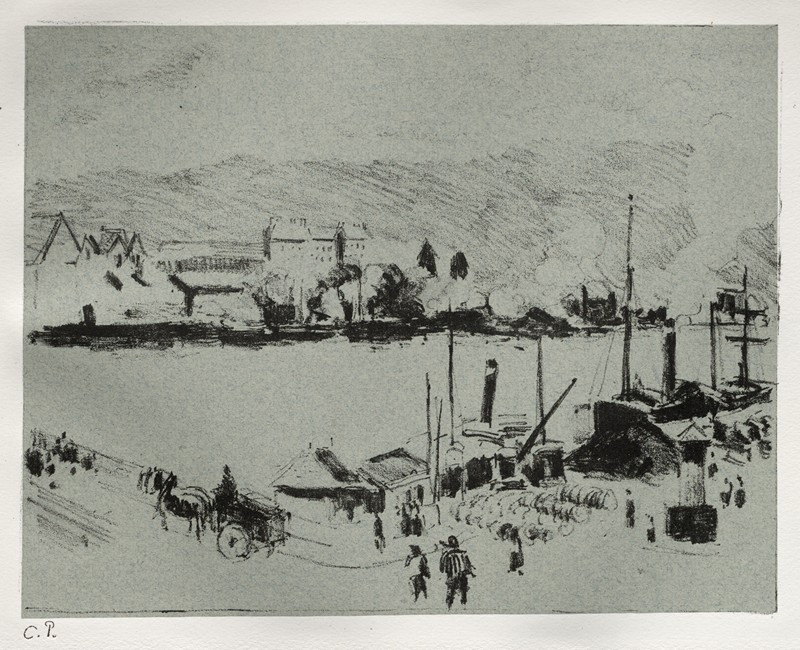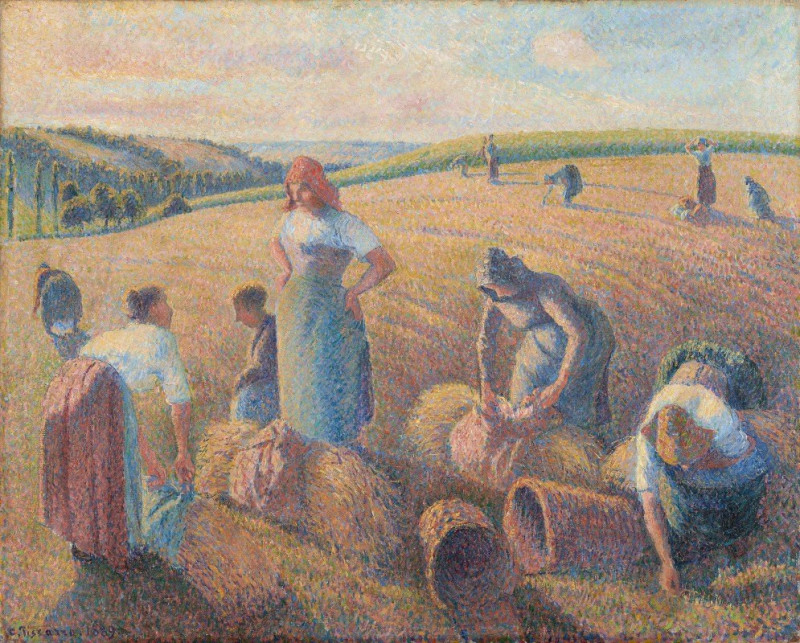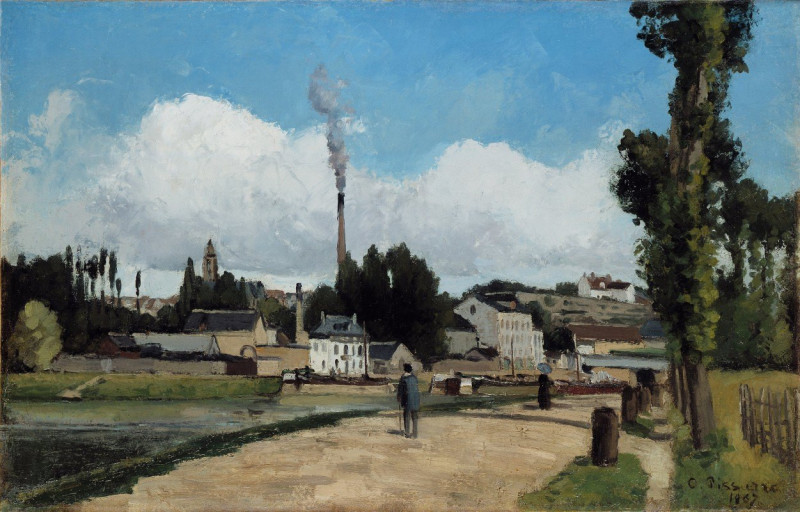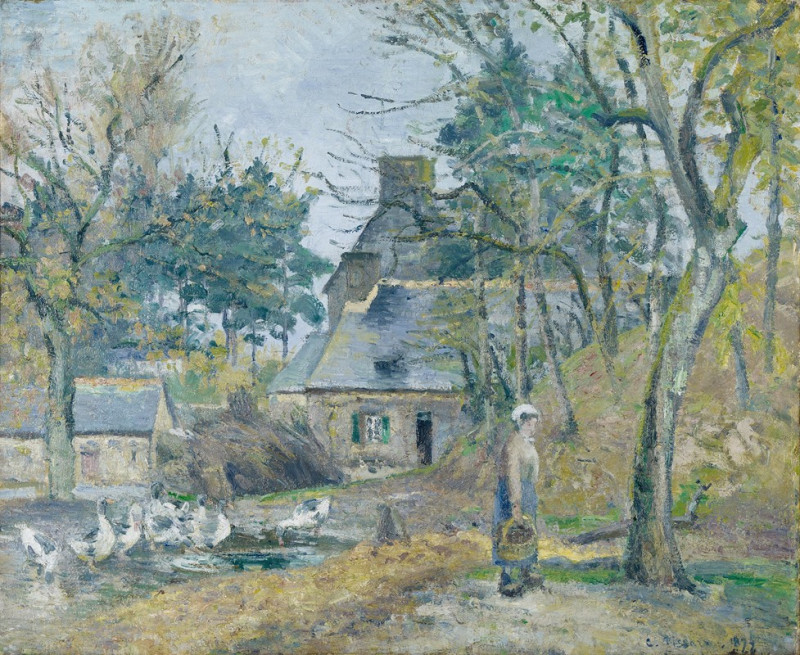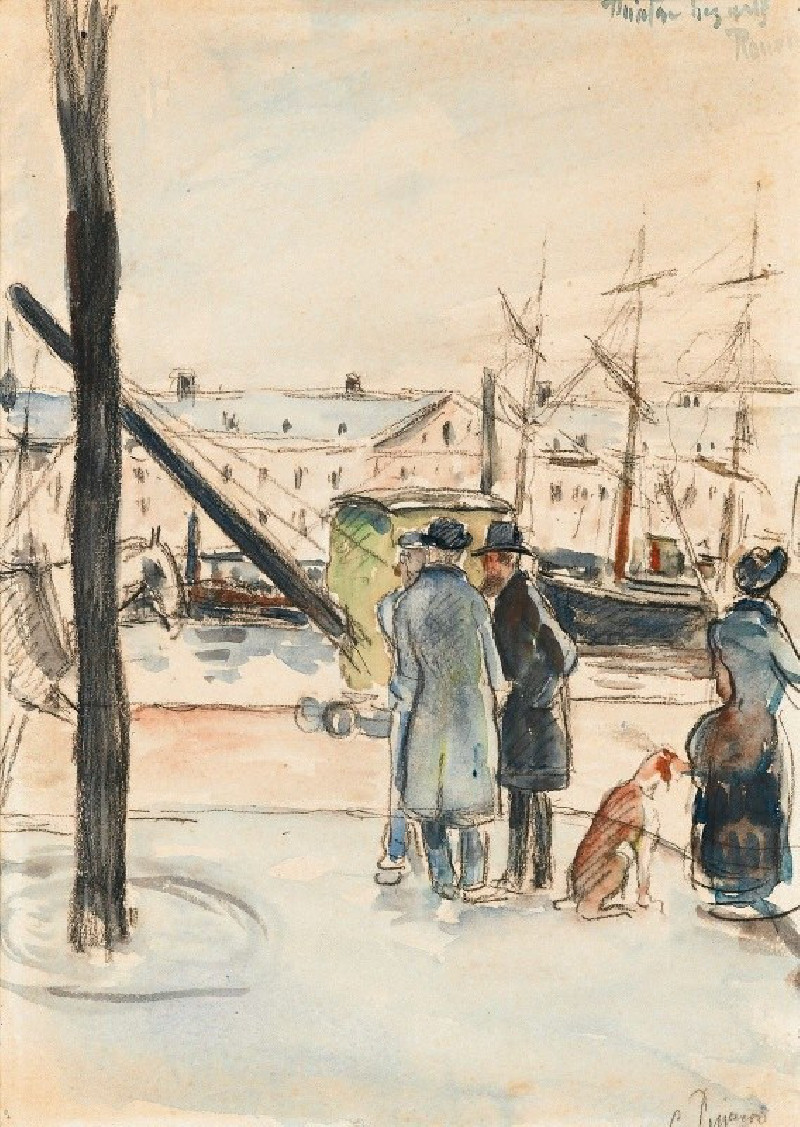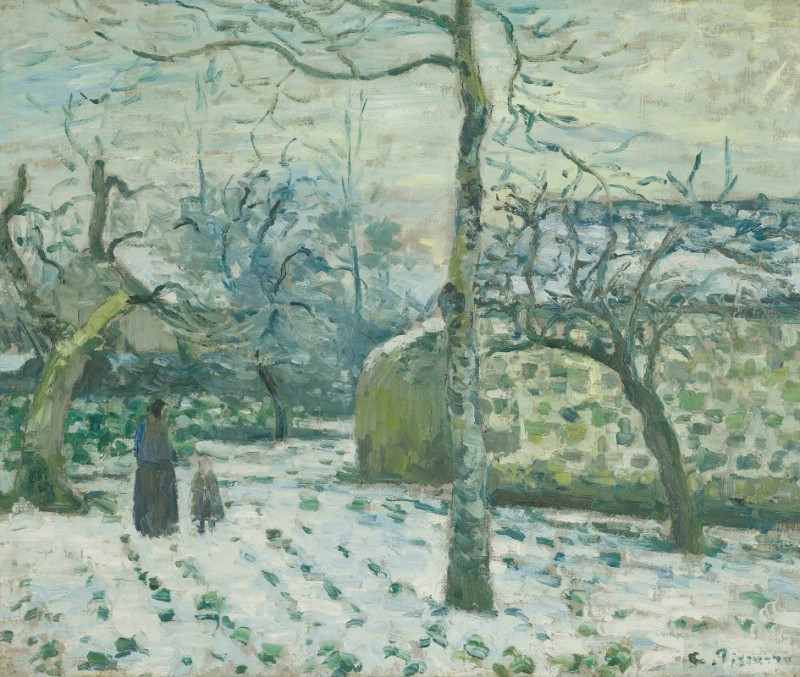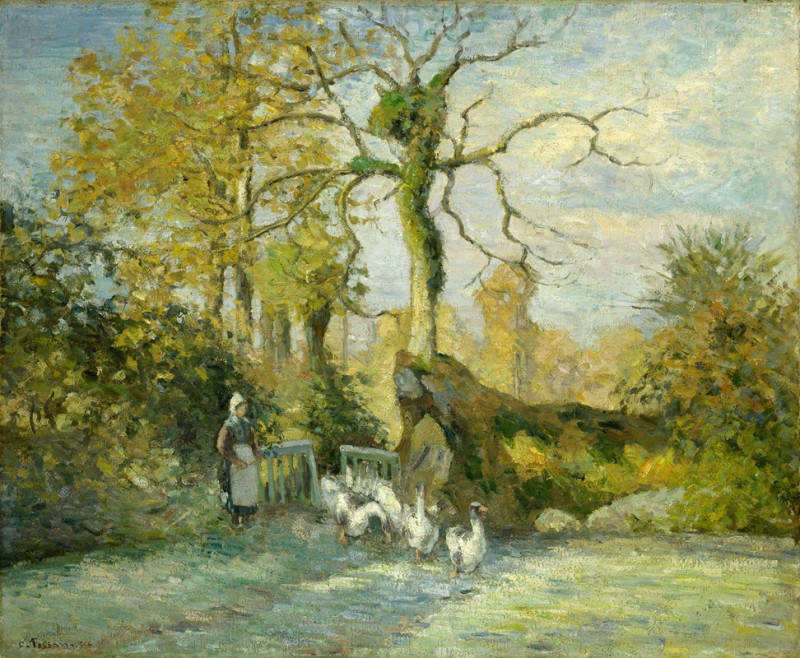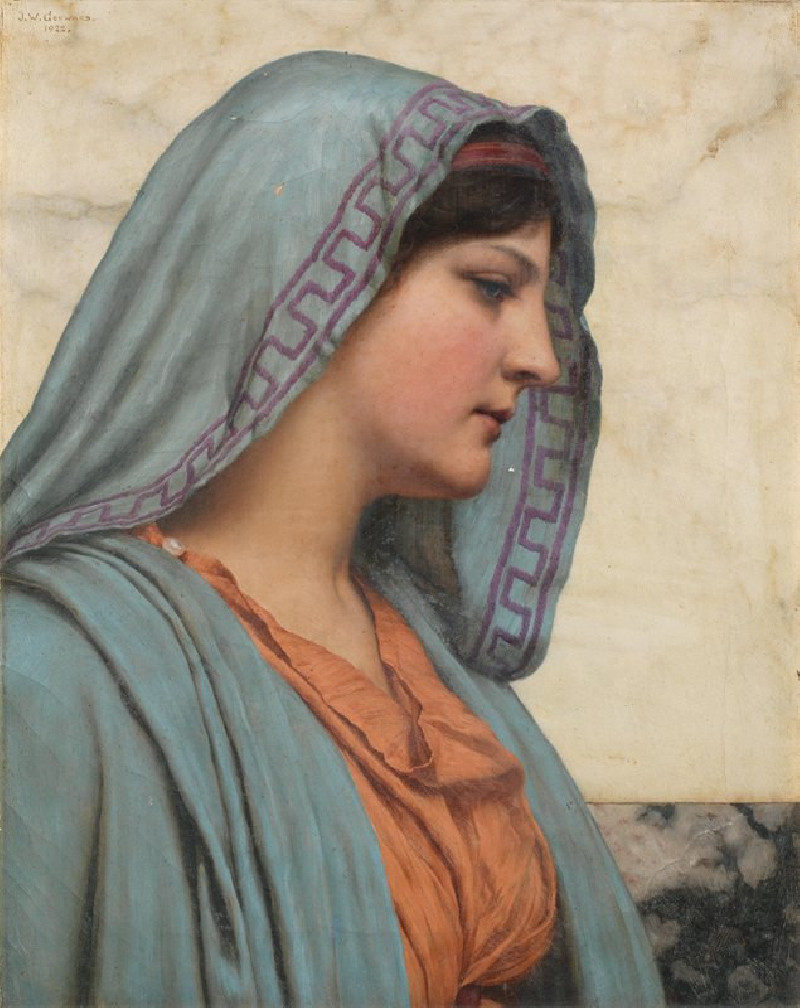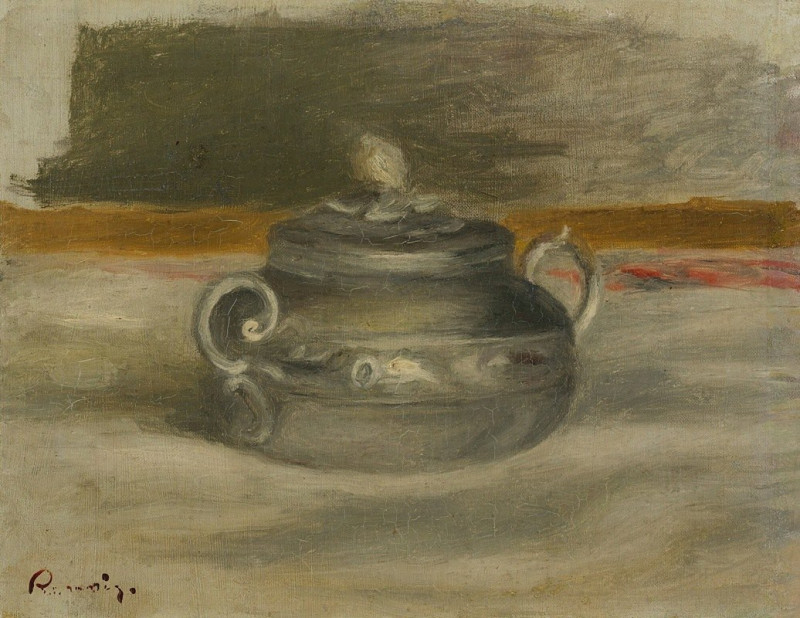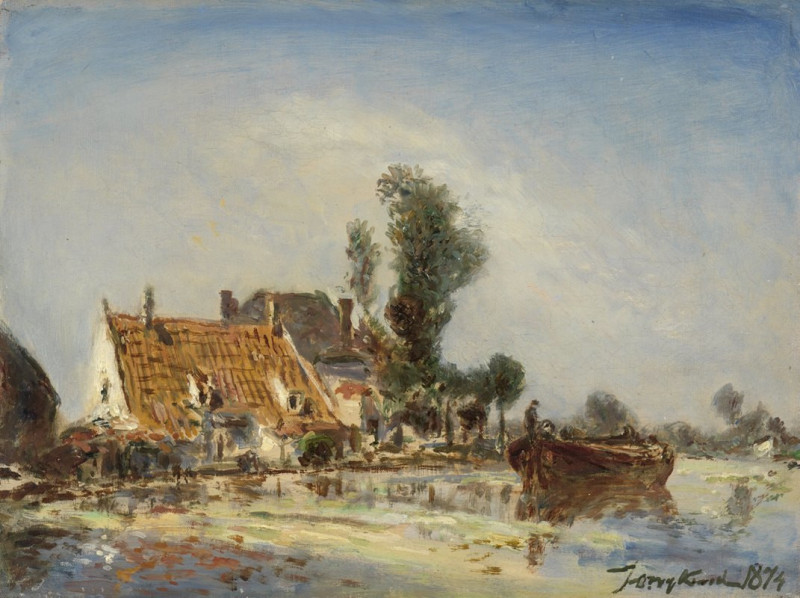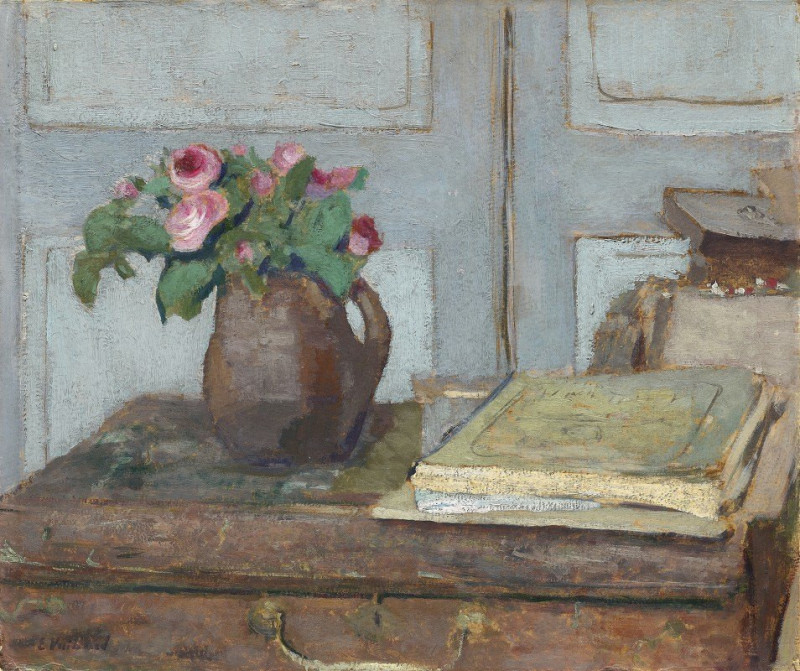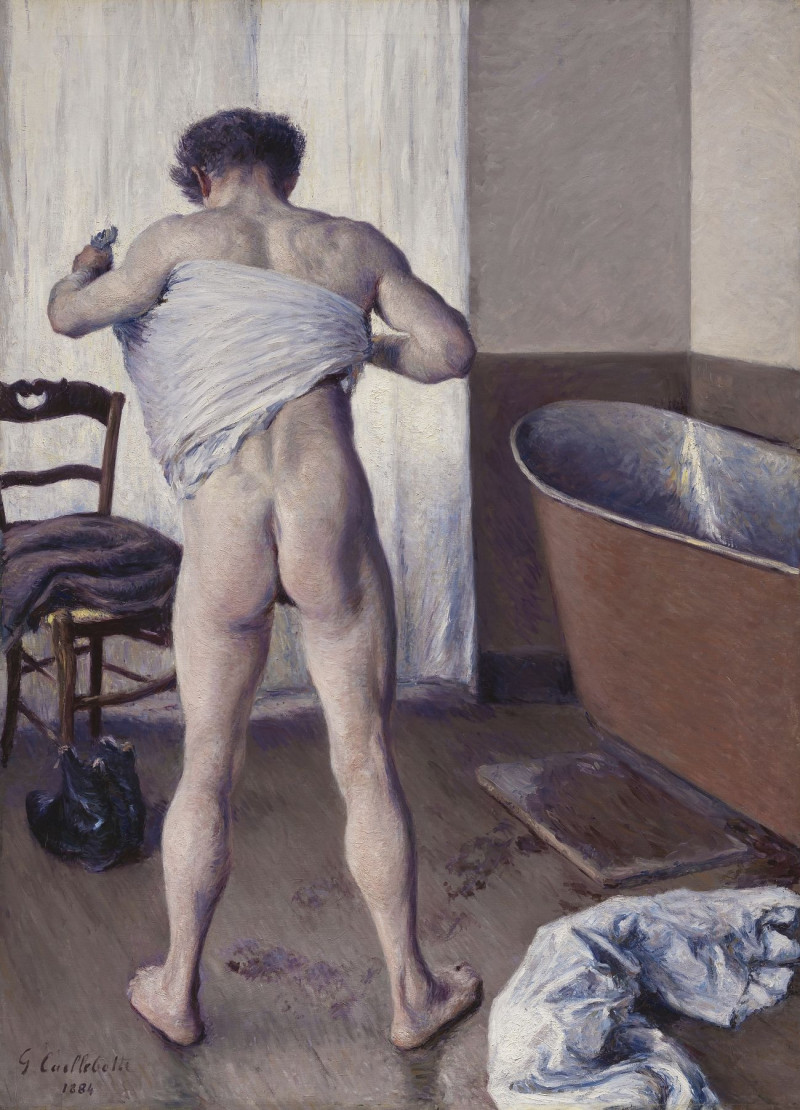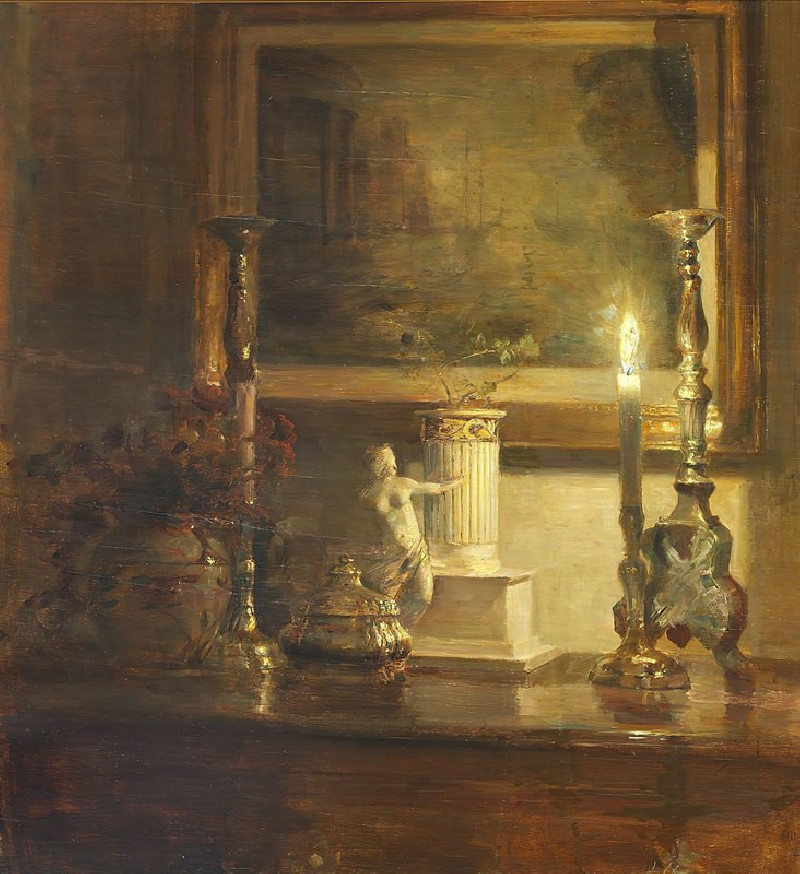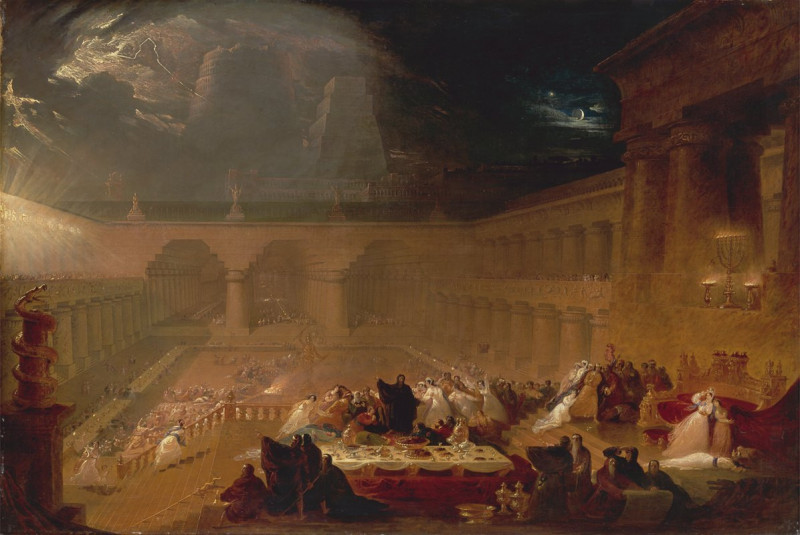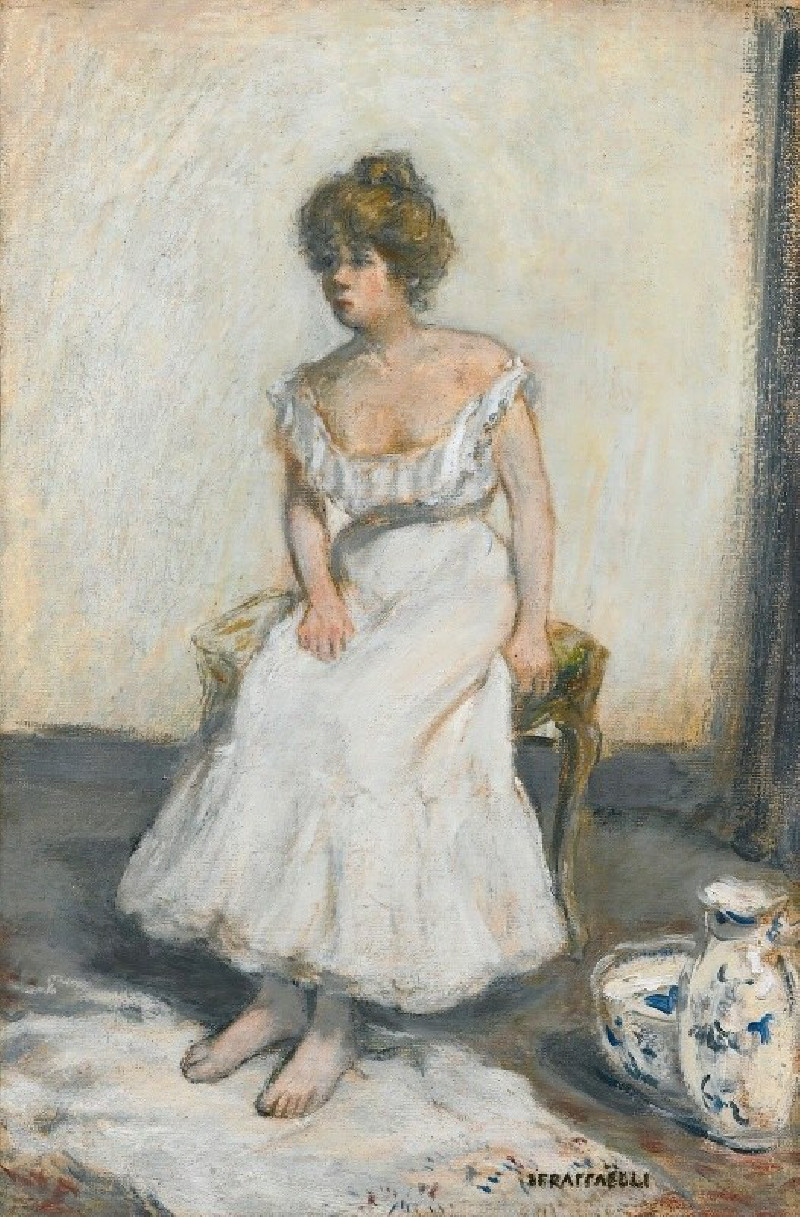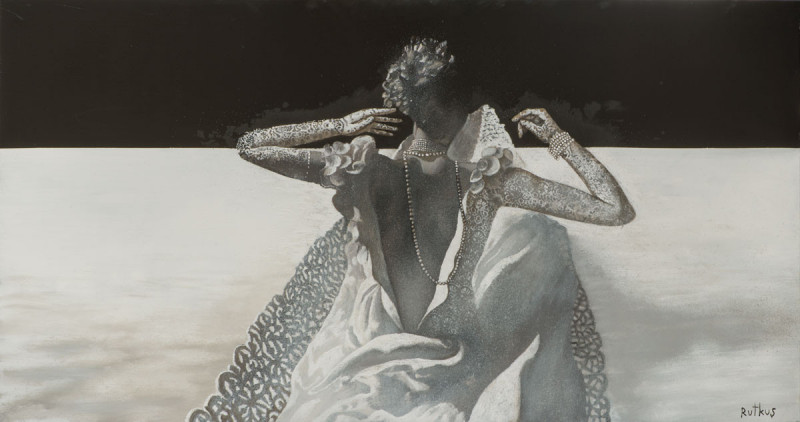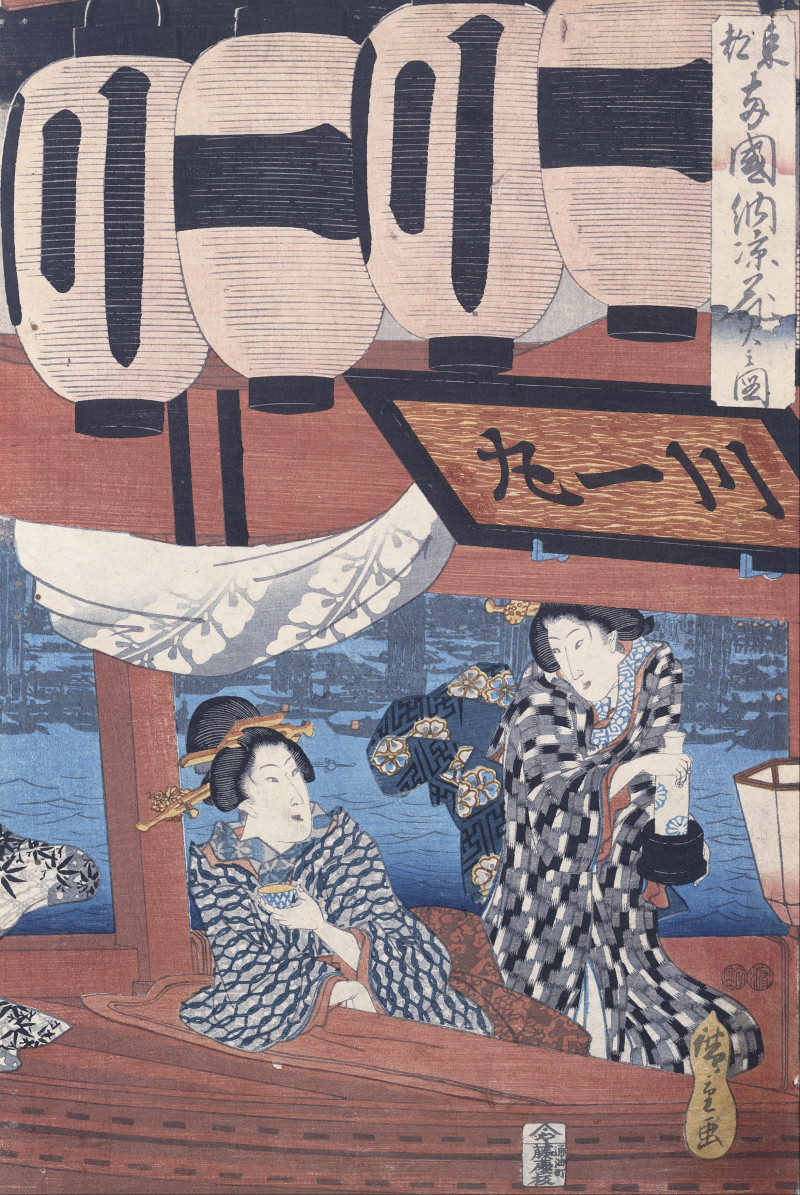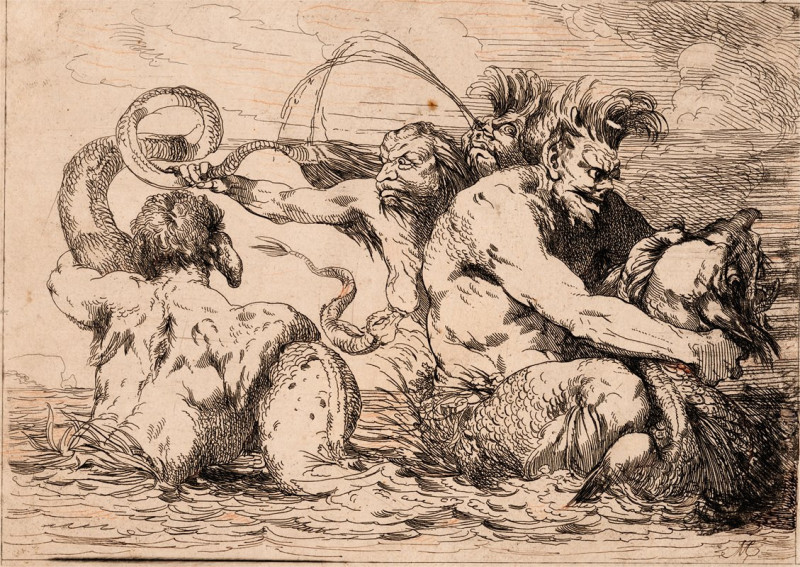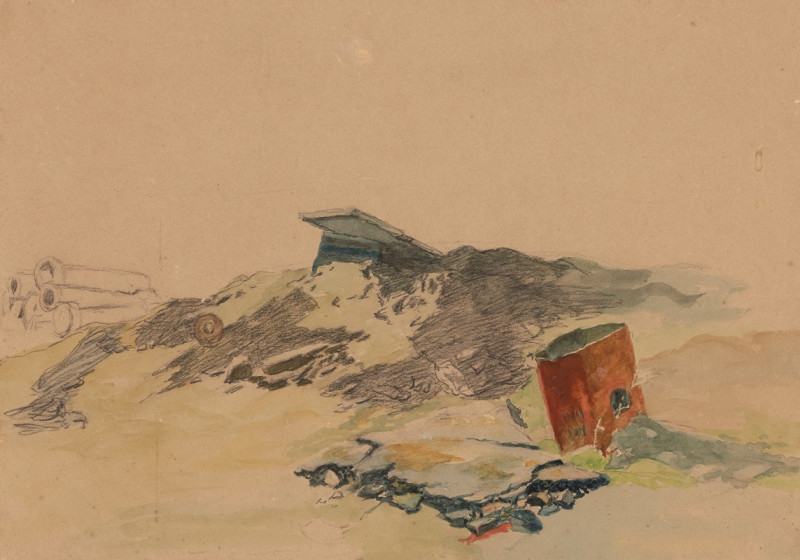Orchard in Bloom,Louveciennes (1872)
Technique: Giclée quality print
Recommended by our customers
More about this artwork
"Orchard in Bloom, Louveciennes," created by the esteemed artist Camille Pissarro in 1872, is a vivid depiction of rural tranquility and the renewal of spring. This exemplary piece of Impressionist art captures a serene orchard scene set in Louveciennes, where nature is in a lively dance of revitalization. The work is anchored by blossoming fruit trees that dominate the foreground, their white blooms catching the light and contrasting beautifully against a soft, azure sky.The painting is bustling with the gentle activity of rural life. Two figures, immersed in their agricultural duties, emphasize the harmony between humans and nature. The figure to the left is bent over, possibly tending to the plants or soil, illustrating the meticulous care that farming requires. Meanwhile, the figure on the right stands upright, contributing to the pastoral mood of the scene by blending harmoniously with the landscape's natural rhythms.Pissarro's brushwork allows for a textured interpretation of the earth, from the tilled rows suggesting fertility to the variety of greens illustrating the richness of the landscape. His use of light and color achieves a scene that is both idyllic and vibrantly alive, echoing the celebration of nature and human existence coalescing in everyday rural life.This painting not only offers a glimpse into the 19th-century French countryside but also highlights Pissarro's deep connection to and reverence for nature, a central theme throughout his oeuvre.
Delivery
Returns
Blessed are they who see beautiful things in humble places where other people see nothing. — Camille Pissarro
Camille Pissarro (1830-1903) was born on St.Thomas (now the US Virgin Islands) to a Portuguese father and a Dominican mother. He went to Paris to study art at Ecole des Beaux-Arts. He was an early pioneer of pointillism and neo-impressionism and later became a mentor of many famous impressionist painters including Cezanne, Manet, Renoir, and Gauguin. His paintings depicted rural and urban French landscapes and lifestyle. Many of his works politically captured images of peasants and laborers. Today, he is considered the father of impressionism.

